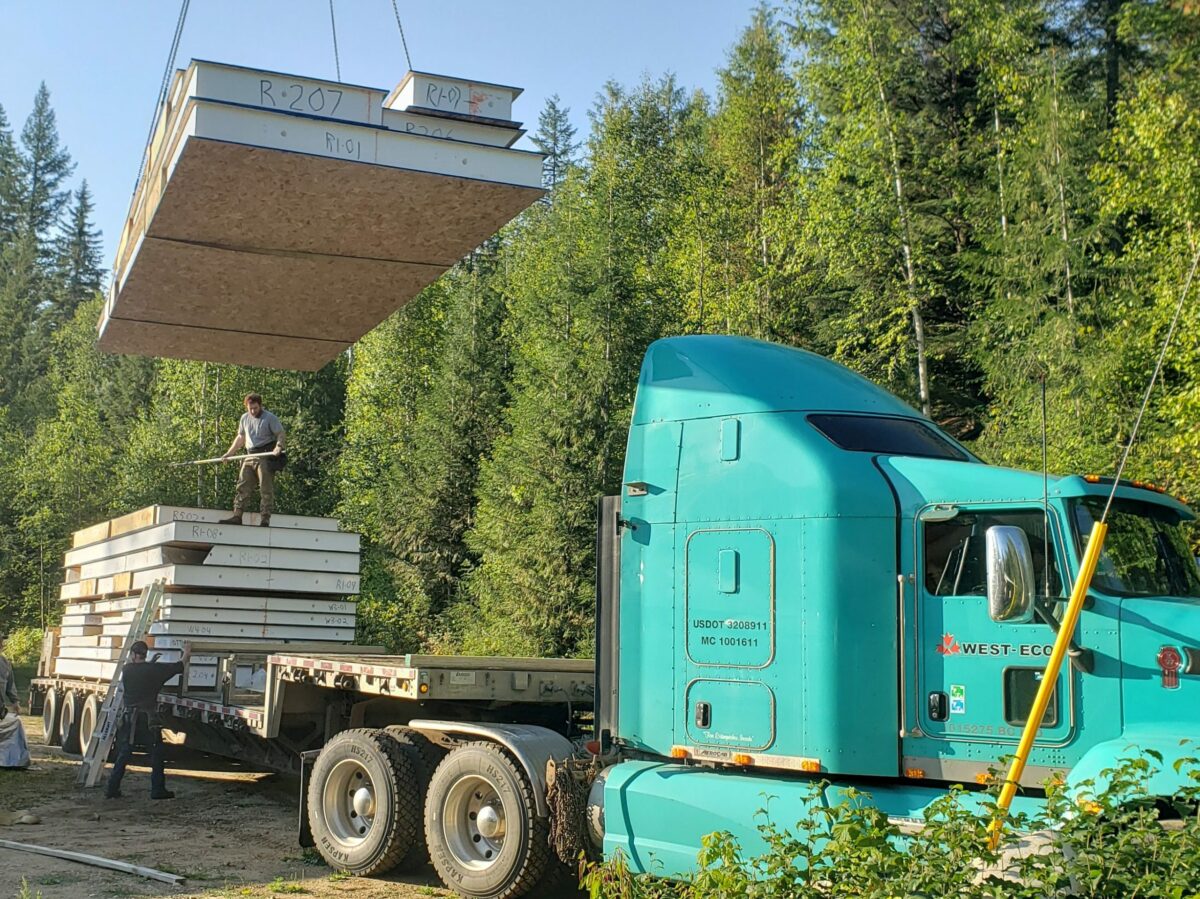Net Zero Building
Start Implementing SIPs Into Your Build
West-Eco combines many years of in-house pre-panelized building component consulting, design, project management and assembly experience with North America’s largest and most recognizable SIP manufacturer, Premier Building Systems.
As of December 31, 2022, all new builds in BC will need to be at least Step Code 3 compliant. Alberta’s tiered energy code will also begin implementation in mid-2023. SIPs create high-performance building envelopes, meeting and exceeding the requirements of even the most stringent energy codes. The demand for a high-performance building is only growing!
SIPs already adhere to all requirements of BC Step Code 5. When you build with structurally insulated panels, you are building for the future.
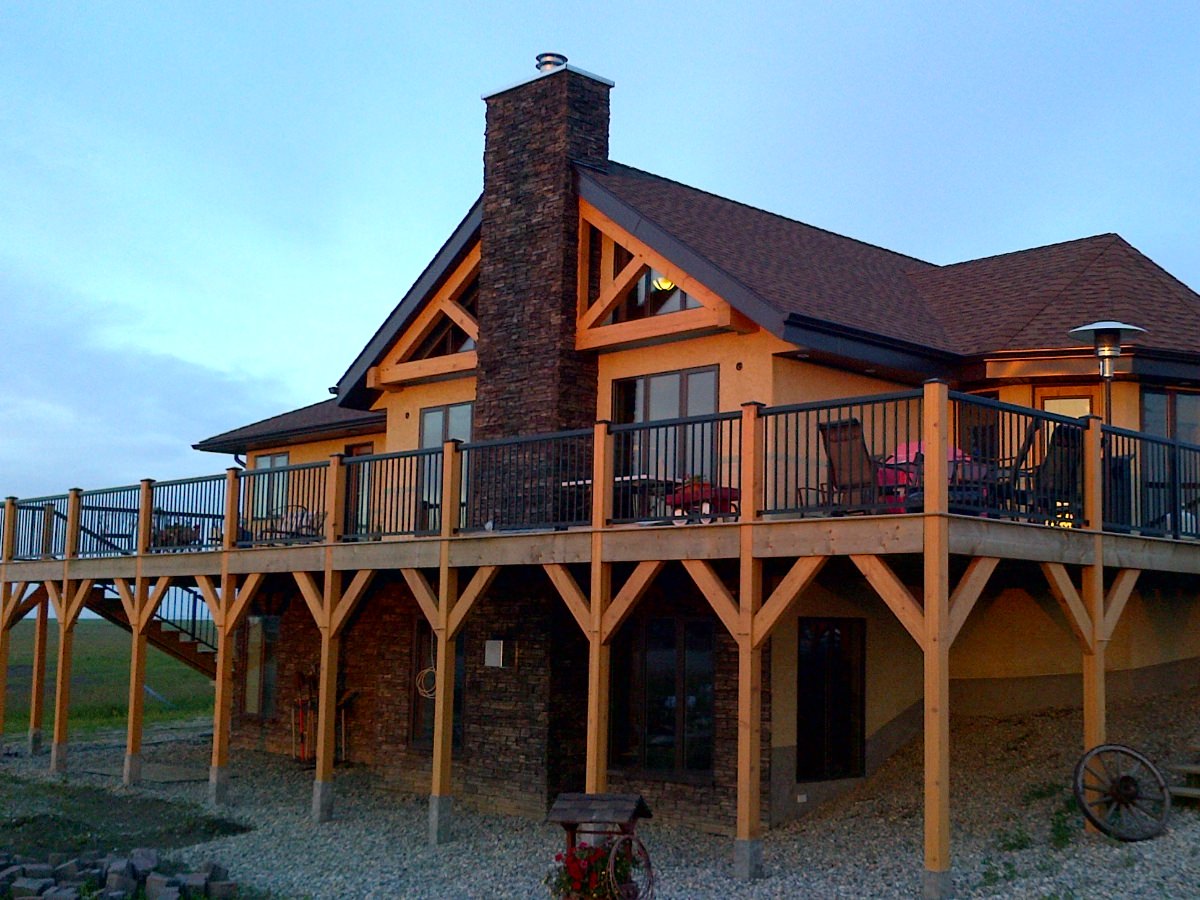
Build For A Greener Future
Click on each step to learn more about the BC Step Code and the implementation dates.
READY
Step 5 – BC Building Code
Date of implementation – January 1, 2032
The BC Step Code 5 indicates the final code that must be achieved in all new buildings by the year 2032. Over time, building codes will be moving to achieve a net-zero energy-ready building that will produce as much clean energy as it consumes.
The biggest benefit for SIPs is that they already adhere to the BC Step Code 5 building code!
Requirements
- This step must have ≤ 1.0 airtightness to ensure that less energy is being emitted
- The building envelope requires thermal energy demand intensity of ≤ 15kWh
- The home must be net-zero energy-ready which means that these buildings must produce as much clean energy as they consume. They are up to 80% more energy efficient than other new buildings and require on-site renewable energy systems to produce the energy that they need. A net-zero energy-ready building is built to a level of performance that it could, with the addition of other renewable energy sources such as solar panels, achieve net-zero energy performance.
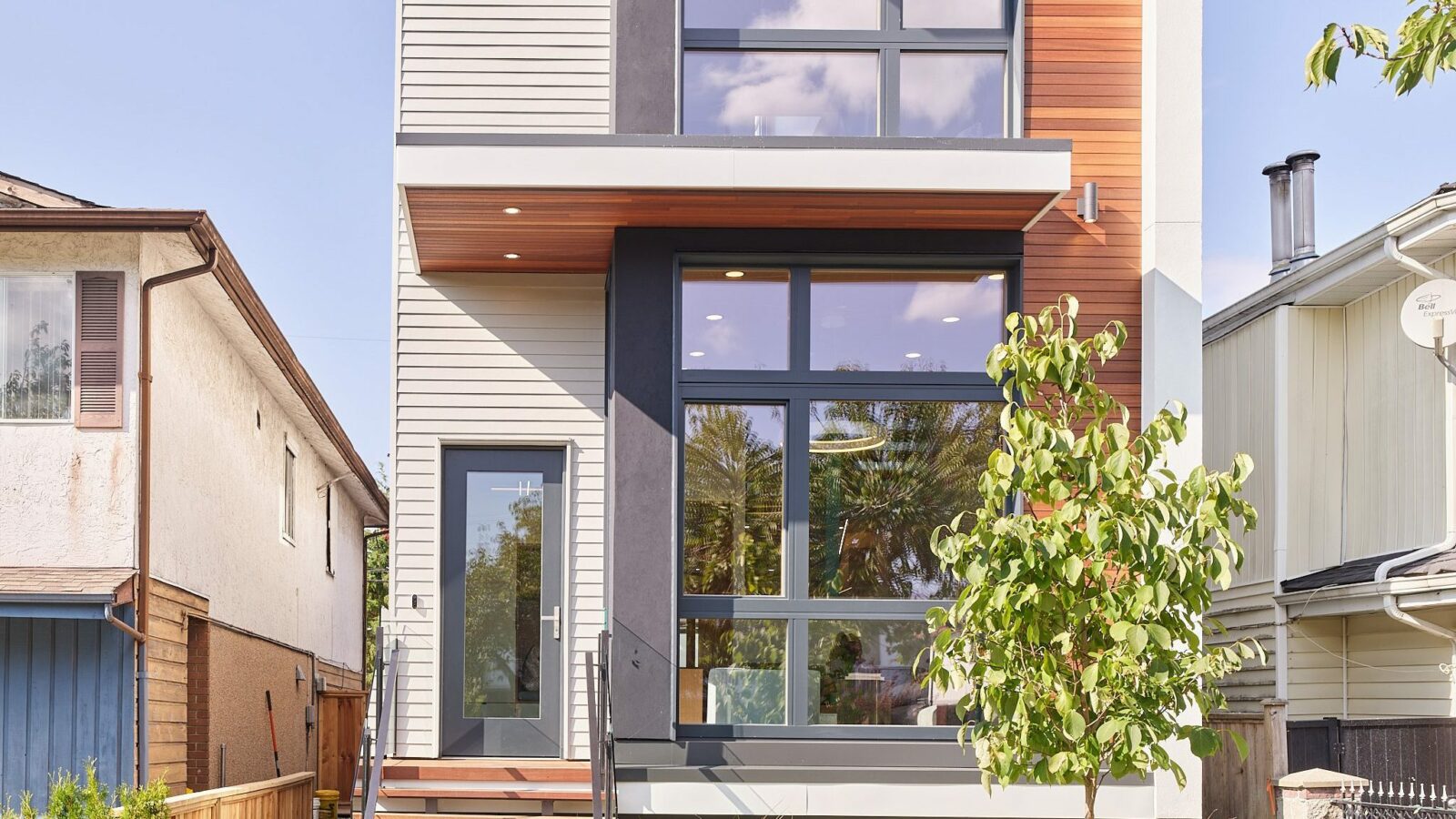
More Efficient
Step 4 – BC Building Code
Date of implementation – January 1, 2027
To comply with BC Step Code 4, builders and designers must achieve more rigorous energy efficiency and airtightness requirements.
Requirements
- All previous BC Step Codes must be met
- There must be an elimination of all significant thermal bridges
- All windows must be high-performance, triple-glazed windows and frames that reduce frame elements
- This step must have ≤ 1.5 airtightness to ensure that less energy is being emitted
- The building envelope requires thermal energy demand intensity of ≤ 25kWh
- The home must have no less than 40% lower energy consumption and have at least 8-% heat recovery efficiency
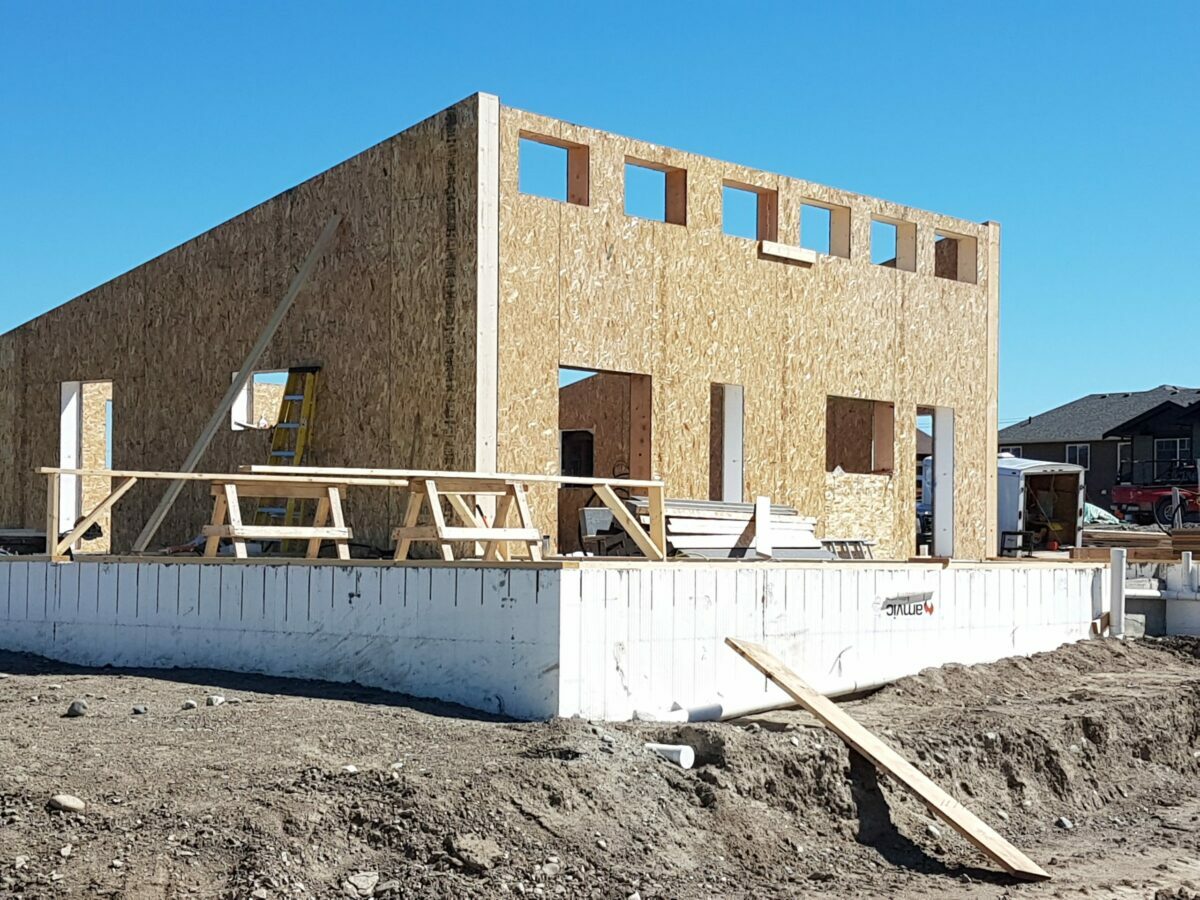
More Efficient
Step 3 – BC Building Code
Date of implementation – January 1, 2023
In order to comply with BC Step Code 3, builders and designers must take a step further to begin taking a more integrated approach. By the beginning of 2023, all builds will be required to be a BC Step Code 3.
Requirements
- All requirements from BC Step Codes 1 and 2 must be met
- Must reduce thermal bridging
- Implementation of compartmentalization to improve airtightness for building units
- This step must have ≤ 2.5 airtightness to ensure that less energy is being emitted
- The building envelope requires thermal energy demand intensity of ≤ 40kWh
- The building must consume 20% less energy than it produces
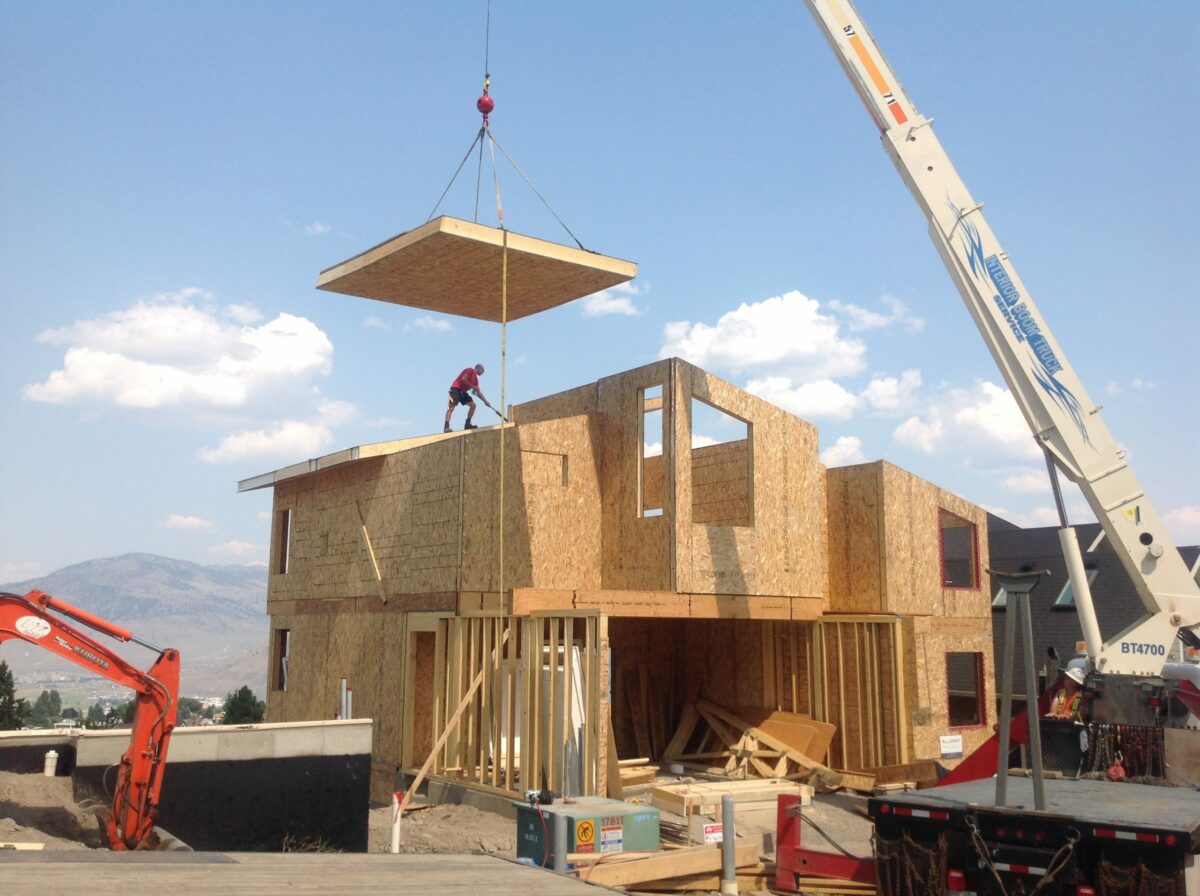
More Efficient
Step 2 – BC Building Code
Date of implementation – January 1, 2022
Builders can achieve BC Step Code 2 by implementing conventional practices and with widely available materials. These practices and materials must result in an improved airtightness of the building to prevent the release of excessive emissions.
Requirements
- All requirements from BC Step Code 1 must be met
- The building design must have an overall lower window-to-wall ratio and requires a higher building R-Values. The minimum R-Value for the walls must be an R-10 and the roof must be an R-20
- There must be an average of 60% improvement in heat-recovery efficiency
- All windows must be double to triple glazed with higher U-values to improve overall performance
- This step must have ≤ 3.0 airtightness to ensure that less energy is being emitted
- The building envelope requires thermal energy demand intensity of ≤ 45kWh
- The home must have no less than 10% lower energy consumption
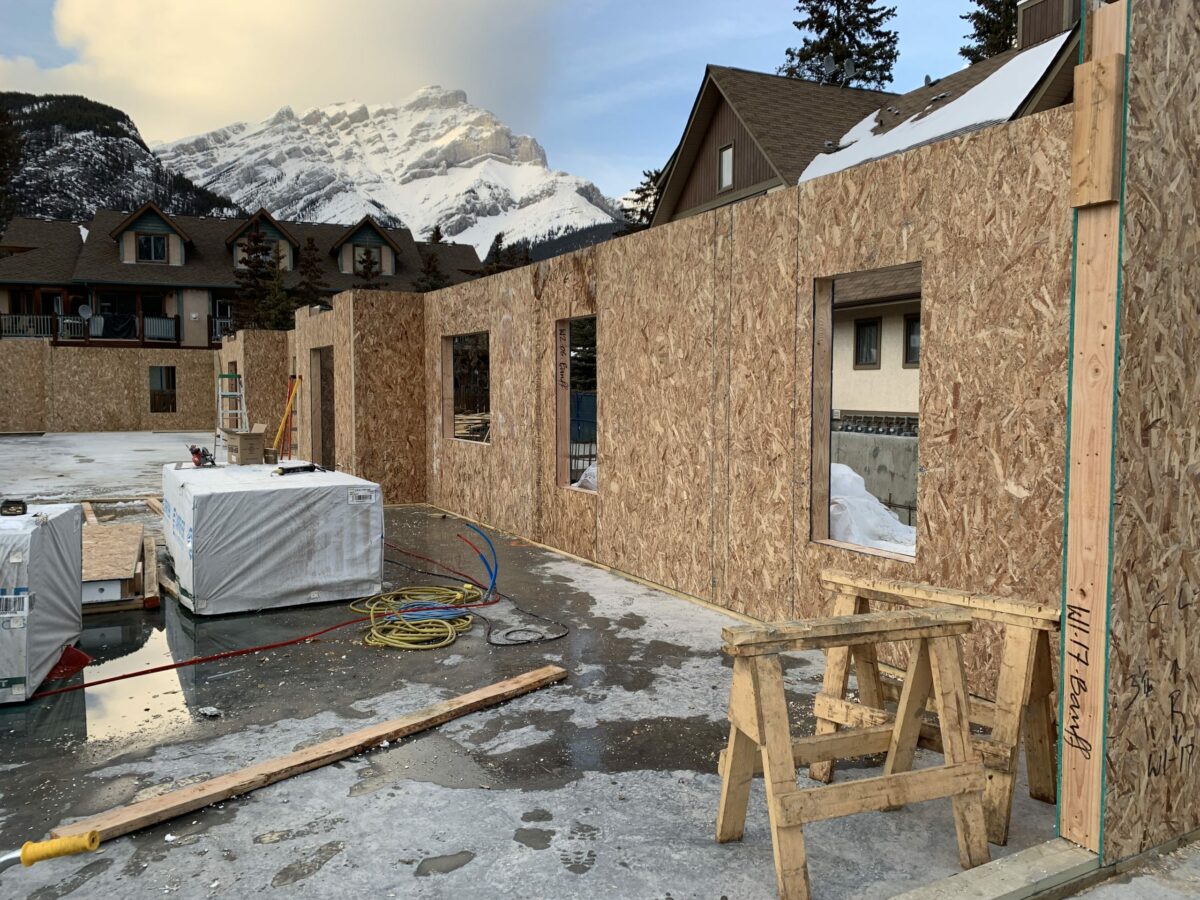
More Efficient
Step 1 – BC Building Code – Enhanced Compliance
Date of implementation – January 1, 2021
Step Code 1 indicates that a building must perform as well as, or better than a building constructed to meet minimum prescriptive energy efficiency requirements of the BC Building Code. Step Code 1 is intended to help builders familiarize themselves and create a smooth transition into high-performance building solutions.
Requirements
- Submit an energy model of the building created in accordance with the Natural Resources Canada EnerGuide Rating System
- This model is required to represent that the building’s energy performance will be no worse than a reference building
- Step 1 entails modelling energy performance and measuring airtightness to ensure that a building will meet or exceed the minimum energy-efficiency requirements in the base BC Building Code. Meanwhile, at the opposite end of the scale, the highest step represents a “net-zero energy-ready” standard – a standard that is being met by the most energy-efficient projects being developed today.
